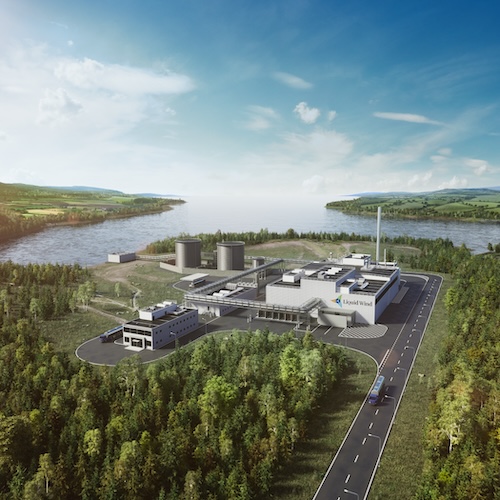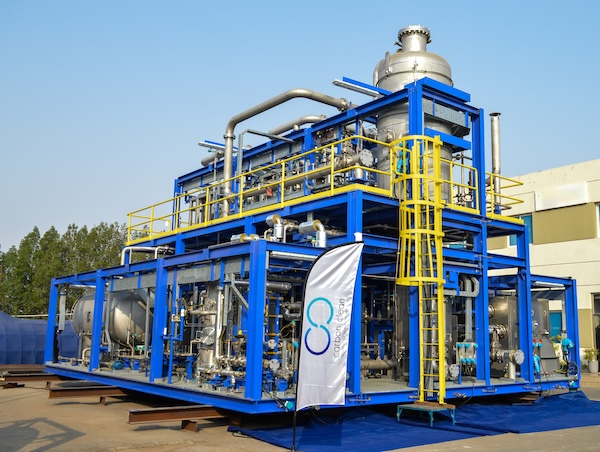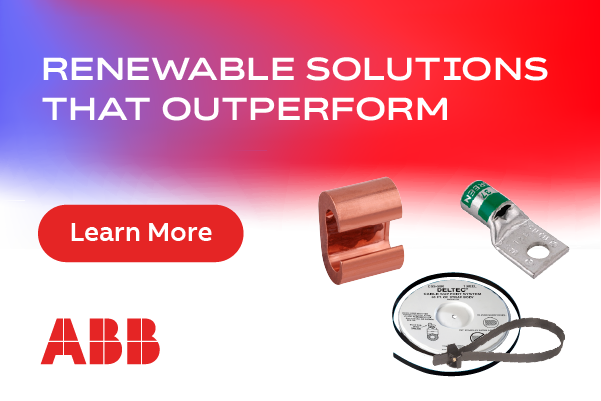Capturing the Potential Power of eFuels
In ongoing discussions around net zero, heavy-emitting sectors have taken center stage, primarily due to their reliance on fossil fuels. Hard-to-abate industries account for about 30 percent of the world’s greenhouse gas (GHG) emissions, so their decarbonization is a priority in order to achieve net zero targets.
Our way of life generates substantial carbon emissions, with the industries we most rely on for human progress the hardest to abate, including transportation, manufacturing, and infrastructure. As industries move toward cleaner initiatives to reduce harmful emissions, they are increasingly embracing cutting-edge, creative approaches to sustainability.

Carbon capture, utilization, and storage (CCUS) are crucial mitigations to help address the impact of climate change. In 2020, the International Energy Agency (IEA) acknowledged that “the value of CCUS is inescapable”. Importantly, CCUS was recognized as essential to achieving net zero in the COP28 final agreement, published in December 2023.
The next generation of CCUS technology is already being demonstrated by early adopters, and the results are promising. While historically carbon capture has been too costly or large an undertaking due to its logistical and space requirements, the footprint of new modular carbon capture units is up to 50 percent smaller than the conventional solutions. Because this makes the equipment 10 times smaller, carbon capture technology can be added to existing congested brownfield industrial sites, removing the previous barriers of cost, plot constraints, and lengthy construction cycles.
Smaller size, lower cost modular point-source carbon capture units can be implemented across existing industrial sites with minimal disruption. This is a major win for sectors with hundreds of years of industrial history (like paper and pulp), where sites are not capable of undergoing large-scale reconstruction to make room for the footprint required for conventional carbon capture plants.
This cost-effective deployment of carbon capture opens up opportunities for companies to utilize this carbon (the “U” in CCUS) converting it from a waste product into a revenue stream.
The shipping industry is responsible for transporting 12 billion tons of essential goods each year, such as iron ore and grain. The sector accounts for around 3 percent of the world’s GHG emissions; its reliance on fossil fuels to power large vessels creates challenges for decarbonization. A global initiative is seeing a policy-driven demand increase for eFuels, such as eMethanol, to replace these fossil fuels. This trend will codify as sustainably derived energy sources become a global necessity in the transition to a low-carbon economy.
Electricity-based fuels, or eFuels, are fuels that have been synthetically produced rather than derived from hydrocarbons. The first step is based on the extraction of hydrogen, typically through the electrolysis of water into hydrogen and oxygen. The hydrogen is then combined with CO2 captured from industrial waste gases or the air itself. The whole procedure is usually referred to as “Power-to-X”, where electricity is converted into a fuel that can be easily stored, transported, and used. When utilizing a renewable energy source to produce this fuel, it is classified as green fuel: fully sustainable fuel produced from renewable methods.
Low-cost modular carbon capture solutions decarbonize existing hard-to-abate industries, and in turn, produce a sustainable fuel with a lower environmental impact than existing hydrocarbon-derived fuels. Commercial-scale eMethanol facilities are currently under construction and set to be operational in the next few years.
eMethanol is sustainable, has lower GHG emissions, and eliminates the noxious emissions associated with burning fossil-derived fuels. The next step, to fully decarbonize the shipping industry and create a circular carbon economy, is already underway with compact modular onboard carbon capture solutions (OCCS). The carbon is burned as fuel, the emissions captured, and the captured carbon converted back into fuel.

Because eMethanol is liquid at ambient temperature, it can be used as a drop-in replacement for conventional methanol. This is a game changer for shipping because eMethanol can be used in vessels, after minor engine and storage modifications. Unlike heavy fuel oil, which has a propensity for settling, eMethanol does not contain sediment, making it easier to store for longer periods of time.
The International Maritime Organization (IMO) has set a target of achieving net zero GHG emissions by – or close to – 2050. Green eMethanol and OCCS will both be fundamental tools to achieving these goals.
But the path towards sustainable solutions can still be costly. Producing eFuels is currently more expensive than fossil fuels, and requires a series of collaborations between companies and governments that are willing to pay a premium upfront for a greener future. To accelerate the adoption of these solutions, there needs to be a collective effort dependent on several factors: increased investment in scalable carbon capture technology, adoption of new practices on the part of manufacturers, affordable renewable energy, and incentives for those who adopt these practices despite increased costs.
Synthetic fuel production is expected to reach price parity with fossil fuel-derived production around 2030 to 2035, as the technology further develops and is globally adopted. From that point, synthetic fuel production will be cheaper than current methods, and no longer held to fossil fuel price patterns. Early adopters will hold a key advantage and market share in this burgeoning market.
The increased availability of fully modular carbon capture units creates opportunities to achieve a faster path to net zero. Companies can reduce their environmental impact and create new revenue streams, delivering significant return on investment for their decarbonizing efforts.
The timing of these transformations is ripe. In the US, Section 45Q of the Inflation Reduction Act (IRA) provides tax credits of up to $85 per metric ton of CO2 captured and either securely stored or reused for industrial purposes. This legislation also provides for a 45Z clean fuel production tax credit that directly incentivizes the production of eFuels. The IRA’s credit structure makes it simpler for companies to effectively develop and deploy ways to transition to a low-carbon economy. The path to net zero is finally within reach.
 Levi Quinn is Chief Delivery and Supply Chain Officer at Carbon Clean, which provides all the services needed to achieve net zero, including technology licence and solvent supply, a full process design package (PDP) and proprietary equipment, and end-to-end systems — including design, build, financing and operation.
Levi Quinn is Chief Delivery and Supply Chain Officer at Carbon Clean, which provides all the services needed to achieve net zero, including technology licence and solvent supply, a full process design package (PDP) and proprietary equipment, and end-to-end systems — including design, build, financing and operation.
Carbon Clean | www.carbonclean.com
Author: Levi Quinn
Volume: 2024 July/August








